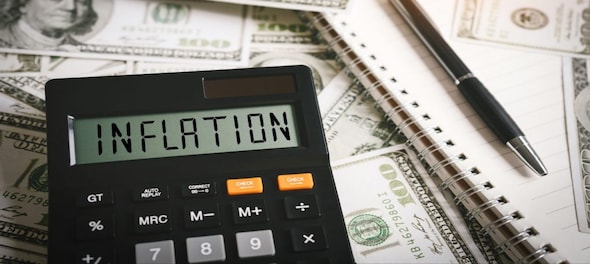
US Inflation eased last month as energy prices tumbled, raising hopes that a surge in prices increases may have peaked. According to Commerce Department report on Friday that is closely watched by the Federal Reserve, consumer prices rose 6.3 percent in July from a year earlier after posting an annual increase of 6.8 percent in June, biggest jump since 1982.
Energy prices made the difference in July: They dropped last month after surging in June. So-called core inflation, which excludes volatile food and energy prices, rose 4.6 percent last month from a year earlier after rising 4.8 percent in June.
The drop along with a reduction in the Labour Department’s consumer price index last month suggests that inflationary pressures may be starting to ease. On a monthly basis, consumer prices actually fell 0.1 percent from June to July; core inflation blipped up 0.1 percent, the Commerce Department reported.
Also read:
Inflation started rising sharply in the spring of 2021 as the economy rebounded with surprising speed from the short but devastating coronavirus recession a year earlier. Surging customer orders overwhelmed factories, ports and freightyards, leading to delays, shortages and higher prices.
Inflation is a worldwide problem, especially since the Russian invasion of Ukraine drove up global food and energy prices.
In the US, the Commerce Department’s personal consumption expenditures (PCE) index is less well known than the Labour Department’s consumer price index (CPI). But the Fed prefers the PCE index as a gauge of inflationary pressures, partly because the Commerce index attempts to measure how consumers adjust to rising prices by, for example, substituting cheaper store brands for pricier name brands.
CPI has been showing higher inflation than PCE; Last month, for instance, CPI was running at an 8.5 percent annual pace after hitting a four-decade high 9.1 percent in June. One reason: The Labour Department’s index gives more weight to rents, which have soared this year.
The Commerce Department also reported on Friday that Americans’ after-tax personal income rose 0.3 percent from June to July after adjusting for inflation; it has fallen in June. Consumer spending rose 0.2 percent last month after accounting for higher prices.
The Fed was slow to respond to rising inflation, thinking it the temporary result of supply chain bottlenecks. But as prices continued to climb, the US central bank moved aggressively, hiking its benchmark interest rate four times since March.
Also read: Jackson Hole Symposium: Here is what economists and market gurus expect from Jerome Powell's speech
Check out our in-depth Market Coverage, Business News & get real-time Stock Market Updates on CNBC-TV18. Also, Watch our channels CNBC-TV18, CNBC Awaaz and CNBC Bajar Live on-the-go!


2024 Lok Sabha elections: Gurugram Police issues heatwave advisory for voters
Apr 20, 2024 6:08 PM
2024 Lok Sabha elections: Unable to find your voter ID? Here are alternative docs to cast vote
Apr 20, 2024 5:48 PM
Lok Sabha elections 2024: All you need to know about EVMs and VVPAT; how they work
Apr 20, 2024 1:24 PM
Odisha Lok Sabha elections: Schedule, total seats, Congress candidates and more
Apr 20, 2024 11:39 AM

